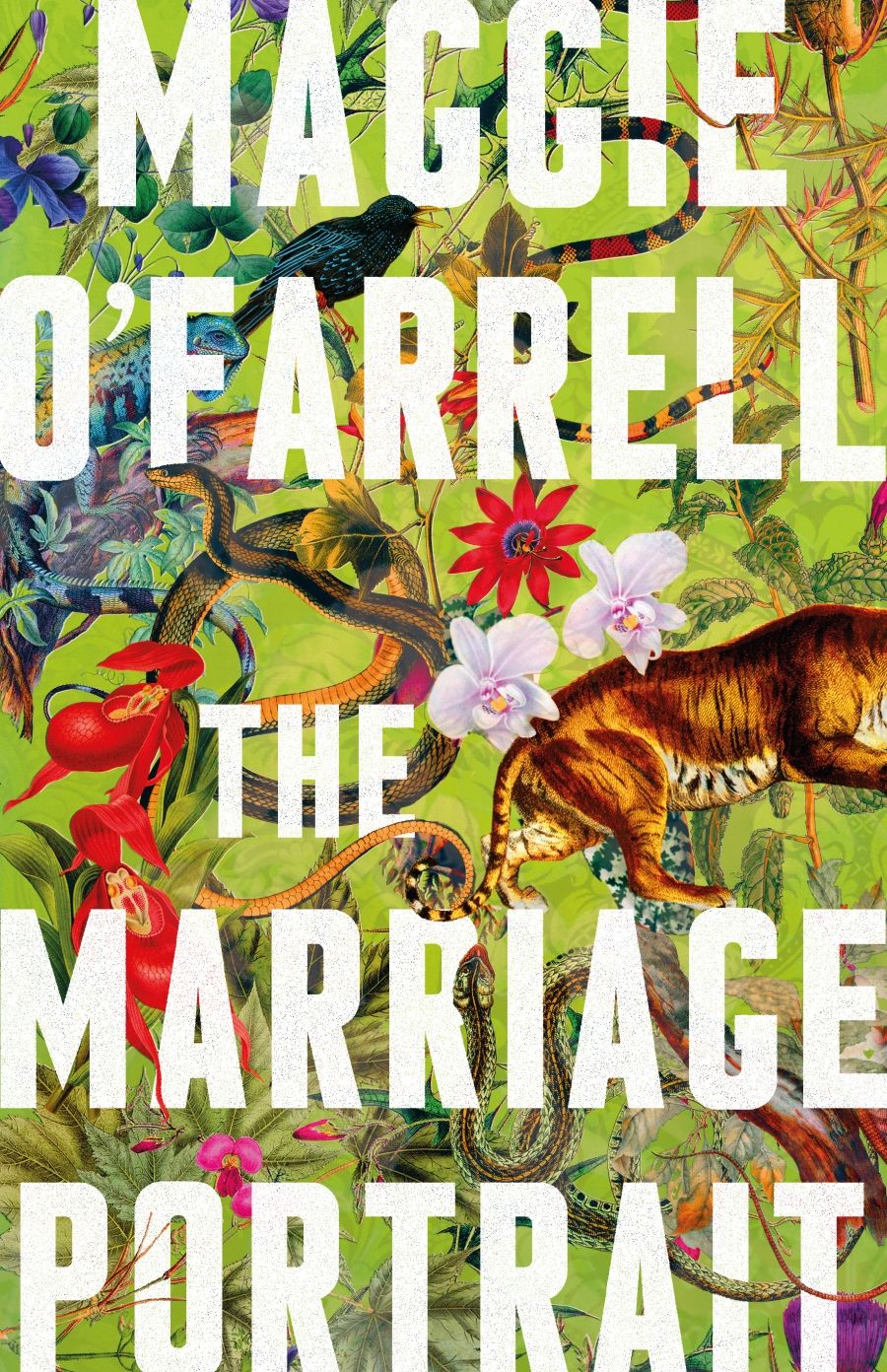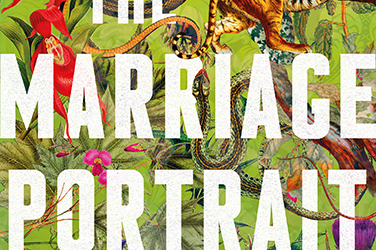
- Free Article: No
- Contents Category: Fiction
- Review Article: Yes
- Article Title: 'A wild and lonely place'
- Article Subtitle: Portrait of a marriage in Renaissance Florence
- Online Only: No
- Custom Highlight Text:
In her ninth novel, The Marriage Portrait, British writer Maggie O’Farrell engages with the enduring speculation that Lucrezia de’ Medici, daughter of the Grand Duke of Tuscany Cosimo de’ Medici, was murdered in 1561 by her husband Alfonso II D’Este, the duke of Ferrara.
- Featured Image (400px * 250px):

- Alt Tag (Featured Image): Amy Walters reviews 'The Marriage Portrait' by Maggie O’Farrell
- Book 1 Title: The Marriage Portrait
- Book 1 Biblio: Hachette, $32.99 pb, 352 pp
- Book 1 Readings Link: https://www.booktopia.com.au/the-marriage-portrait-maggie-o-farrell/book/9781472223852.html
Lucrezia, one of many rebellious daughters in Maggie O’Farrell’s fiction, is portrayed as a naturally vivacious and inquisitive character whose high spirits lead her to be raised by servants in the basement, away from her siblings. A misfit who chafes at the confines of her gilded cage, Lucrezia ‘spends hours looking out at the city and the distant hills beyond’, her longing also encapsulated in the heavy-handed symbolism of the pacing tiger her father keeps beneath the palazzo.
O’Farrell is attentive to the dualities that underpin the daily lives of the renaissance’s ruling class: beauty and terror; safety and danger; performance and authenticity. The palazzo in which Lucrezia is sequestered throughout her childhood is hardly a safe haven, ‘riddled with numerous hidden passages … for the Duke and his family to escape, if the palace were attacked’. It is also where her older sister Maria, originally promised to Alfonso, succumbs to a fever, leaving Lucrezia to take her place as his wife.
More significantly for O’Farrell’s purposes, the palazzo embodies the structures that both dictate Lucrezia’s fate and shape her consciousness of it. Despite her limited experience of the broader world, Lucrezia intuits that there is a fine line between adoration and hatred. O’Farrell’s use of the gothic permits a nuanced depiction of this tension underpinning her marriage. As she becomes increasingly aware of her new husband’s capacity for brutality, she is disoriented by his moments of apparent affection. Surely, she wonders, ‘no one would think of killing someone at the same time as kissing them as if they meant to pour their very soul into them’.
Since Lucrezia is a historical personage, her death lacks the element of narrative surprise. This proves no obstacle for O’Farrell, who deftly handled a similar technical challenge in Hamnet. Just as that novel imparted the sense from the beginning that Hamnet’s death was pre-ordained, The Marriage Portrait is similarly framed by Lucrezia’s death. O’Farrell situates the opening scene in a hunting lodge outside Ferrara, a kind of Bluebeard’s chamber where Lucrezia has been taken by Alfonso on false pretences. But Lucrezia is no fool; her removal to this ‘wild and lonely place’ prompts her doubts about her husband’s motives to harden into a conviction that she is to be murdered by his hand.
Here we are in familiar O’Farrell territory; her novels are scattered with characters who possess a special kind of knowledge bordering on the preternatural. Lucrezia is blessed with sensitive hearing and intuition. The former permits her clandestine access to the machinations of courtly life from which she is excluded, and the latter underpins her own artistry. Once married she paints in secret, but her furtive brushwork hints at the vividness of her inner life, which she is required to repress in her performance of the dutiful wife.
The portrait at the centre of the novel is O’Farrell’s own creation, a symbolic device that enables her to dramatise conflict between the male and female gazes. Commissioned by Alfonso, who intends it to capture the majesty of his young wife, it becomes her replacement, but also foregrounds her position as a pawn in a dynastic exchange. As the final moments of her marriage draw near, Lucrezia contemplates the afterlife of her portrait and wonders whether it will play on her widower’s conscience. O’Farrell plays with Browning’s words, rendering the portrait a prop in Alfonso’s shallow performance of grief. Hung in his private chamber, it is ‘covered at all times in heavy velvet drapes. No one is permitted to pull back the curtain, and look upon the Duchess’s face without the Duke’s express permission. He keeps her there, hidden from view.’ In another echo of Browning, Alfonso unwittingly hints at his culpability, sinisterly referring to his bride as ‘my first duchess’.
O’Farrell has created a rich portrait of an intelligent and passionate woman whose story is ripe for reconsideration. Although she ‘presents to her husband a face that is pleasant and inexperienced’, Lucrezia understands all too well the situation she has been thrust into, and confronts it with her own subtle power: ‘She sets down her cup; she lifts her chin; she turns her eyes on to her husband, Alfonso, Duke of Ferrara, and wonders what will happen next.


Comments powered by CComment